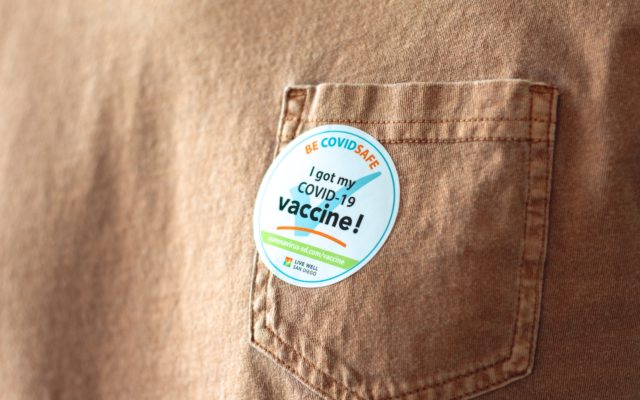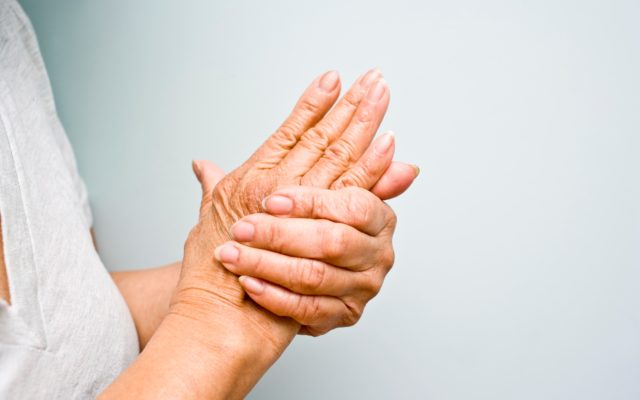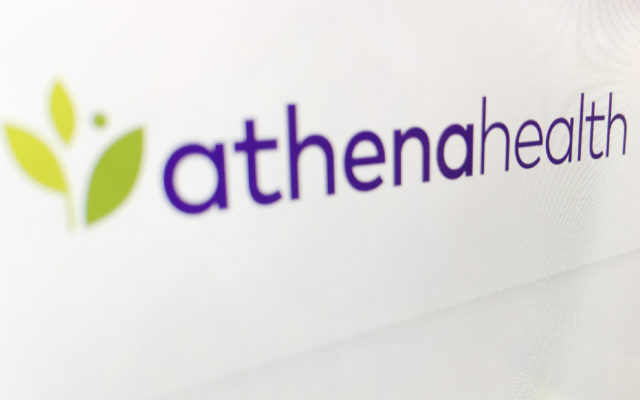
BIG & LOUD: Changing the Lives of Parkinson's Patients
According to the Parkinson’s Foundation, approximately one million people in the U.S. have Parkinson’s disease, with roughly 60,000 being diagnosed each year. Although this can be a very debilitating disease, it doesn’t have to be. The BIG & LOUD program offered at Oaklawn is one of the ways in which people with Parkinson’s can minimize symptoms while reclaiming some of their independence. We sat down with Cys Kolarov, Speech Pathologist and Jen Wendt, Occupational Therapist to learn more about how BIG & LOUD is changing the lives of people with Parkinson’s disease.
What is the BIG & LOUD program?
Cys: BIG & LOUD is a program designed by speech scientist Lee Silverman. He designed this program because his mother had Parkinson’s and he found that as she progressed, she became quieter and would shuffle in her walk. So he first developed the LOUD portion, which is a series of repetitive vocal exercises that strengthen your diaphragm and vocal chords. The benefit of those two is that it not only makes you louder, but it helps prevent aspiration, which in turn lowers the risk of getting pneumonia.
Jen: The BIG program, on the other hand, focuses on things like increasing the size of a patient’s movements, and improving balance and strength. Difficulty walking, maintaining posture, and engaging in activities that the patient enjoys are often common for someone who is battling Parkinson’s. Achieving these normalized movement patterns helps them regain or maintain independence with their daily activities, and that’s the beauty of the program. When the patient who’s been sitting in their wheelchair for a long period of time is able to make a big movement for the first time, not only does the patient break down, but the patient’s family breaks down. It often takes people by surprise because the changes that are made are such visible improvements.
How is this a team effort between Speech Therapy and Occupational Therapy?
Cys: Speech Therapy and Occupational Therapy work together in this program because there’s such a double benefit to the patient. Occupational therapists will focus on balance, turning, transfers…it’s about so much more than just walking. And speech therapists focus on strengthening the patient’s diaphragm and vocal chords so that they’re better able to communicate and have a reduced risk of complications from conditions like pneumonia. Some of these exercises include deep breaths, starting your speech from your shoulders, and increasing the length of time one can sustain a single vowel sound. The benefit of those two is that it not only makes you louder, but it helps prevent aspiration, which in turn lowers the risk of getting pneumonia.
It really is a team effort because we’re addressing both the physical and vocal symptoms of Parkinson’s.
How is the program structured?
Jen: This is a routine program that can either be done four times a week for four weeks, or two times a week for eight weeks. Then after they’ve completed the program here, they have exercises that they need to continue at home. Those are usually done twice a day, in addition to therapeutic exercise. We also offer refreshers for those patients who need it.
How long do results typically last?
Jen: The effects of the program last for about two years with a compliant patient. Compliance is really the key determinant. It’s a very structured program and patients need to be diligent about doing their exercises at home in order to benefit fully from the program.
What makes this program unique?
Cys: The advantage to the program, even if the patient isn’t completely compliant or 100% successful, is that the spouse or caretaker can hear what the patient wants or needs and they can more easily transfer the patient because of increased mobility. They’re also less dependent and have a lower risk of falling and injuring themselves. So even if it’s not an ideal outcome, there’s a significant benefit to both the patient and the caretaker.
Jen: It’s important to note that not everyone with Parkinson’s is to a point where they need a caretaker. The ideal time to start this program is right when the individual is diagnosed. The sooner you start, the more it can prolong the onset of symptoms.
Why would you encourage someone with Parkinson’s or a caregiver of someone with Parkinson’s to do this program?
Jen: It increases the patient’s independence and quality of life. Truly, the earlier they start, the better the results because their symptoms will progress so much slower.
Cys: It increases the opportunity for health and safety. Health because we can keep the pneumonia at bay and safety because of the decreased risk of things like falls, bumps, bruises, skin tears and broken hips.
Why do you believe in this program?
Cys: Before I came to Oaklawn and before I was certified in the program, I would see patients with Parkinson’s. It was hard not to wonder why they were even using their energy to try because you could tell it was such a struggle. There was a particular gentleman with such a stone face and shuffle gate, but one day I was walking out to my car and I saw him coming in from the parking lot. He had a smile and live step. It was like he was a totally different person. That was the moment when I believed in the program. So I got certified in LOUD. When I came to Oaklawn I needed a partner who was certified in BIG so that we could start the program here. That’s when Jen got certified in BIG.
Jen: My very first patient was in his 70’s. He walked in with the typical Parkinsonian gate and he was very quiet. By the end of our four weeks, he could put himself down on the floor and get back up independently. He could walk a long distance standing upright with his head up and carry a normal conversation that you could hear. He had the best personality ever and came in with a smile on his face everyday during the last week. At home, he was able to go back to gardening, which was something he loved.
At the end of his treatment his wife came in with a cake and said, “You guys gave us our life back.” His wife told me that he was a tree farmer and that three weeks into the program he finally got out of his recliner, walked outside, and was able to get on his tractor and go out amongst his trees. The program was a huge deal for him because it totally changed him. For me, the moment when his wife came in to see us was what really opened my eyes to the benefit of the program.
Is a referral needed to start the BIG & LOUD program?
Cys: Yes. The patient should contact their physician or neurologist and ask for a specific referral to the BIG & LOUD program.
If you’re interested in learning more about the BIG & LOUD program, click here for more information.

